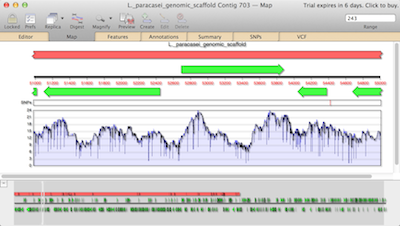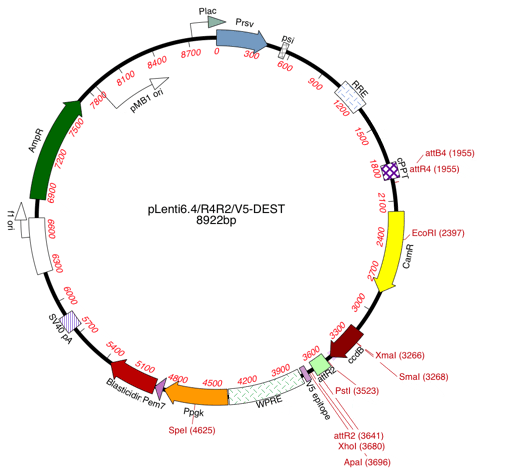

- Macvector reorder according to tree how to#
- Macvector reorder according to tree pro#
- Macvector reorder according to tree windows#
Brian on Designing primers and documenting In-Fusion Cloning with MacVector.Chris on Designing primers and documenting In-Fusion Cloning with MacVector.
Macvector reorder according to tree how to#
Macvector reorder according to tree windows#
MacVectorTip: How to Customize the Toolbars of MacVector windows.MacVectorTip: Selecting the sequence from a single restriction enzyme site to the end of a linear sequence.Sequence Assembly: What can Assembler do for my lab?.Technorati Tags: Sequence Alignments, MacVector Due to not creating pairwise alignments the “Muscle” algorithm is unique amongst these three algorithms as it will align this type of data as long as the “Diagonals” optimization parameter is set to “On”. Most progressive alignments will try to create initial pairwise alignments of all combinations of sequences and that skews the alignment so that it prefers to align the sequences so that there is at least one segment of overlap between all of the input sequence. One subsequence aligns from 1,000 to 2,000 of the 10kb sequence and the other aligns at 4,000 to 5,000. For example take an alignment of three sequences where you have 5kb sequence and two regions of this sequence of around 1KB long. The Mammalian mtDNA genomes (protein) alignment assembles in:īecause of the initial step of constructing the pairwise alignments tree, progressive alignment algorithms have difficulties with alignments where all sequences do not share a common region.
Macvector reorder according to tree pro#

Progressive alignments generally build a guide tree that represents the pairwise relationships between each possible pair of sequences in the alignment. We’ve wanted both of these for a while now and judging from the results of last year’s survey so have many users.īoth T-Coffee and Muscle are progressive alignment algorithms as is ClustalW. Muscle and T-coffee have been added to the Multiple Sequence Alignment editor complementing the existing ClustalW algorithm. With MacVector 12.5 we’ve added additional multiple sequence alignment (MSA) algorithms.


 0 kommentar(er)
0 kommentar(er)
